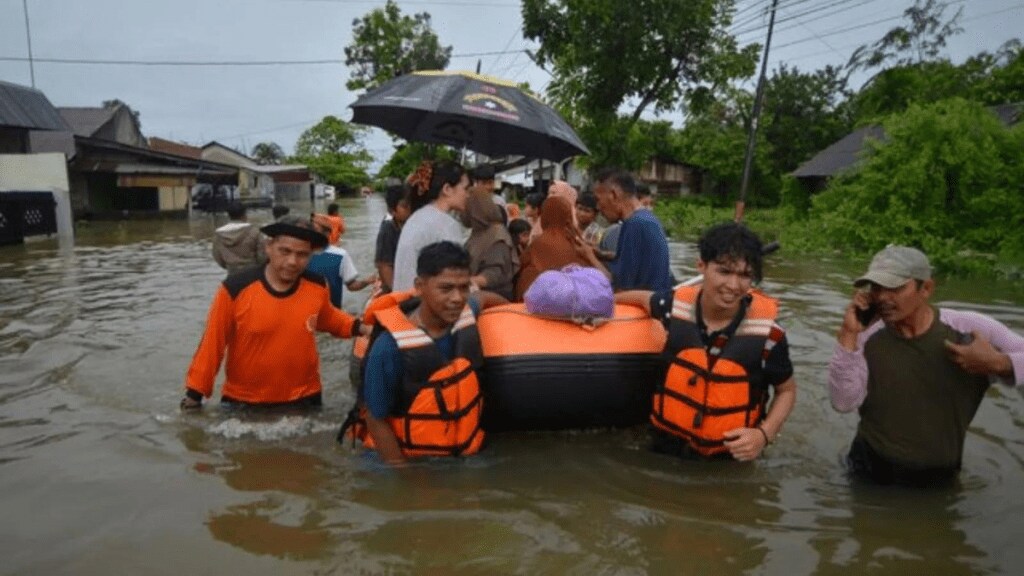The search for the survivors of Indonesia’s flash floods and mudslides continued on Tuesday in West Sumatra as rescuers looked in rivers and rubble of destroyed communities for bodies.
Flash floods, landslides, and cold lava flow – a mud-like mixture of volcanic ash, rock debris and water – were set in motion by torrential rain on Saturday in three districts in West Sumatra province.
As per television reports, rescue workers in the Agam district were digging with jackhammers, circular saws, farm tools and occasionally just with their bare hands.
Tonnes of mud, rocks, and trees left over from flash floods could be found near the Anai Valley Waterfall region in Tanah Datar district, where a large number of rescue workers were searching through a river. Four of the seven individuals who were swept away with their cars were the target of the search and rescue efforts.
Calamities
More than 3,300 people were forced to evacuate to makeshift government shelters after the floods destroyed 79 homes, carried away people, and flooded hundreds of residences, according to National Disaster Management Agency spokesman Abdul Muhari. Muhari said, by Tuesday, 50 dead had been extracted from mud and rivers, primarily from the hardest-hit areas of Agam and Tanah Datar. Rescuers are allegedly still looking for 27 persons who have gone missing.
Three other bodies were pulled out on Monday, said Abdul Malik, who heads the Search and Rescue Office in Padang, the provincial capital. “With many missing and some remote areas still unreachable, the death toll was likely to rise,” Malik said.
Frequent landslides in Indonesia
Heavy rains cause frequent landslides and flash floods in Indonesia, an archipelago nation of more than 17,000 islands where millions of people live in mountainous areas or near floodplains. The weekend disaster came just two months after heavy rains triggered flash floods and a landslide in West Sumatra, killing at least 26 people and leaving 11 others missing. A surprise eruption of Mount Marapi late last year killed 23 climbers.
The mountain’s sudden eruptions are difficult to predict because the source is shallow and near the peak, according to Indonesia’s Center for Volcanology and Geological Disaster Mitigation.Marapi has been active since an eruption in January 2024 that caused no casualties. It is among more than 120 active volcanoes in Indonesia. The country is prone to seismic upheaval because of its location on the Pacific “Ring of Fire,” an arc of volcanoes and fault lines encircling the Pacific Basin.
(with AP inputs)

